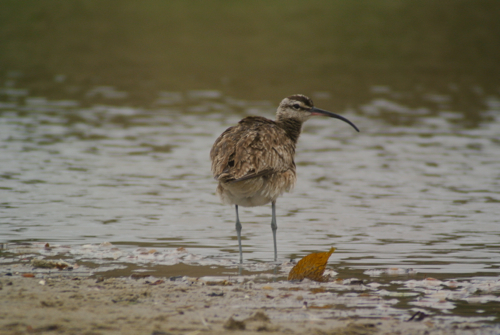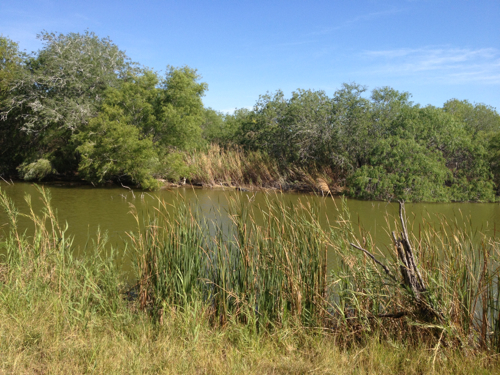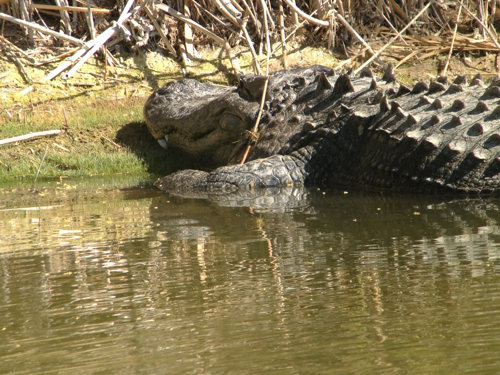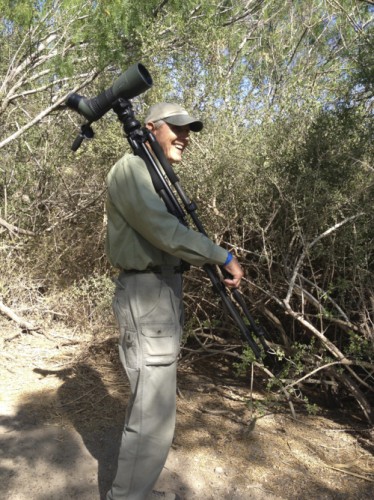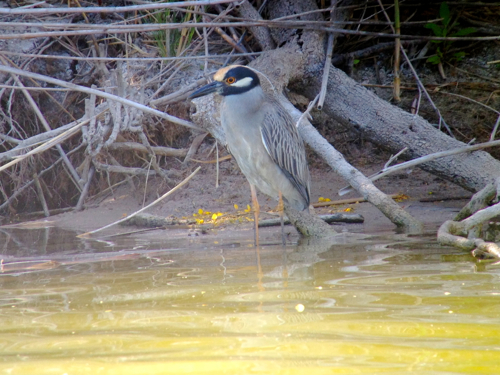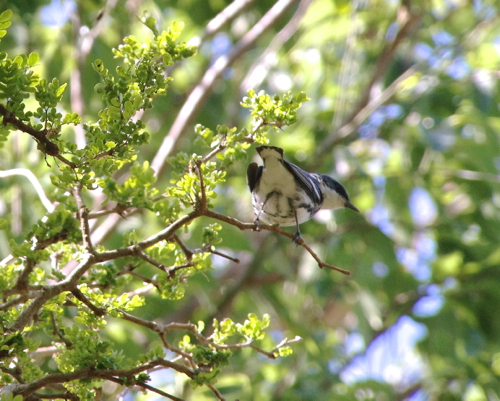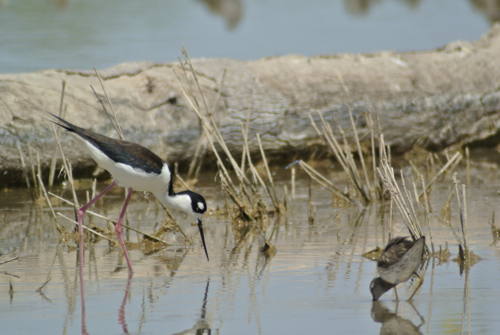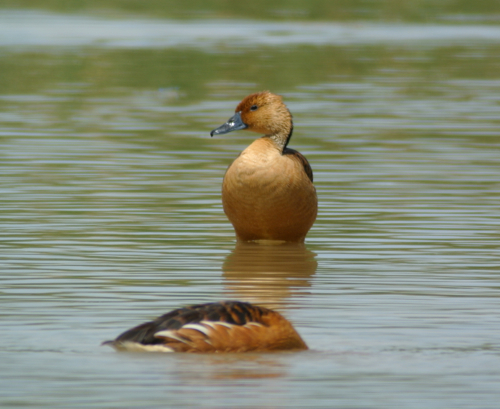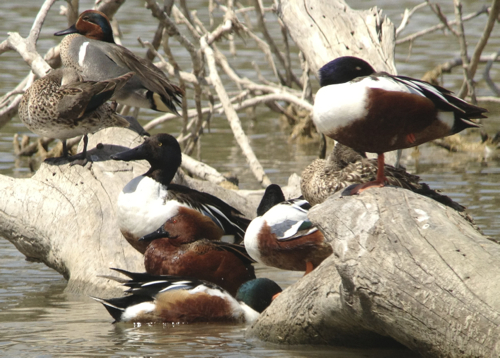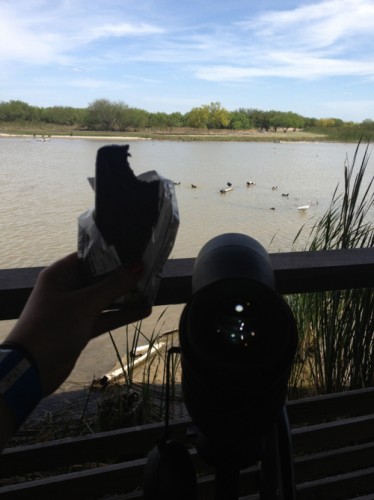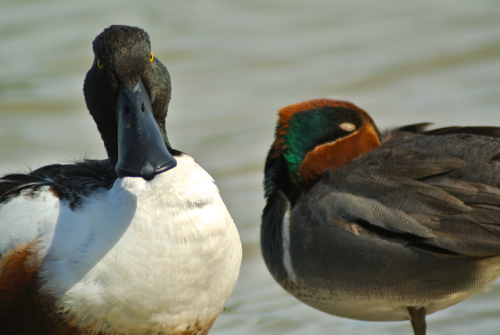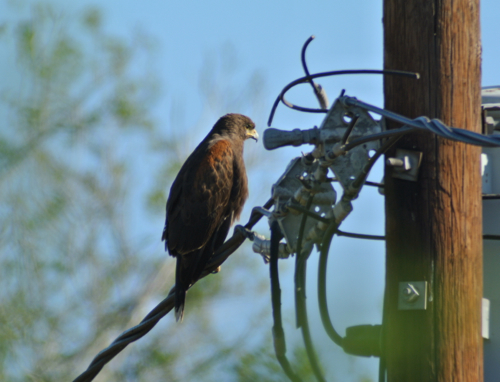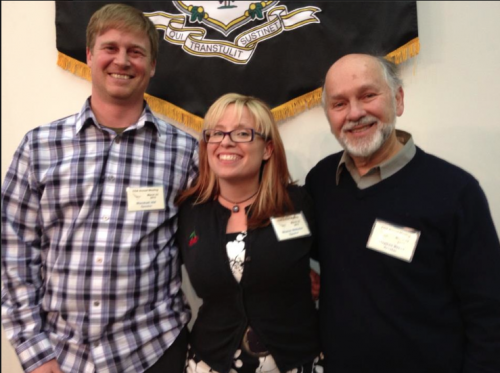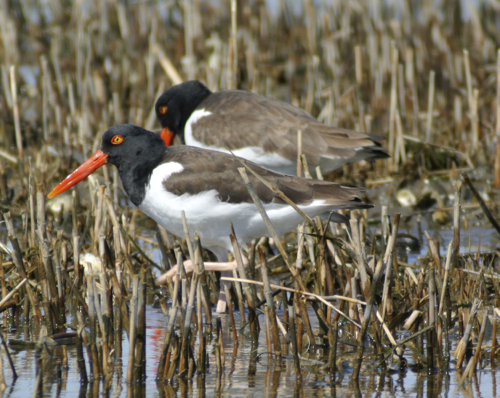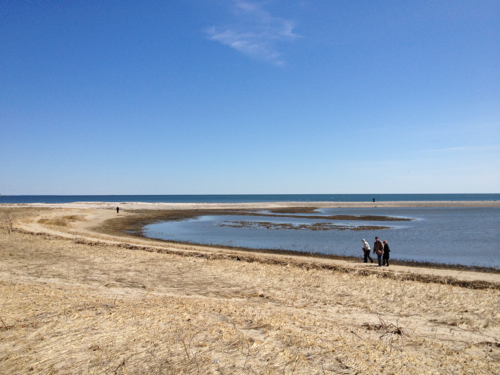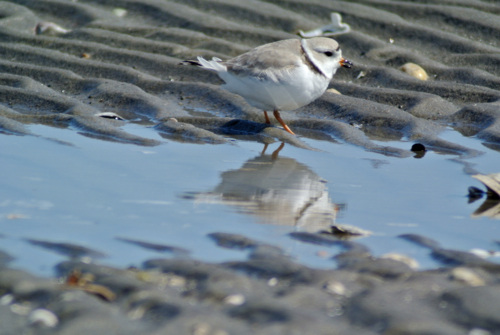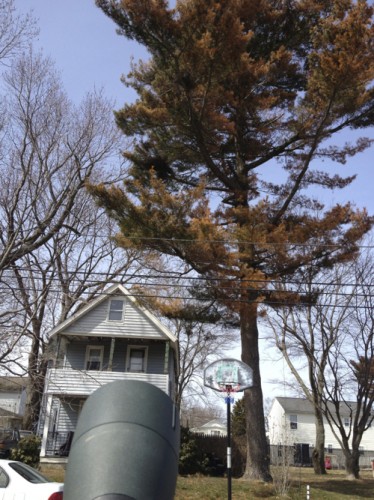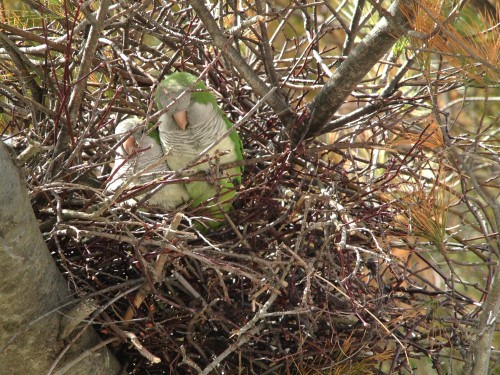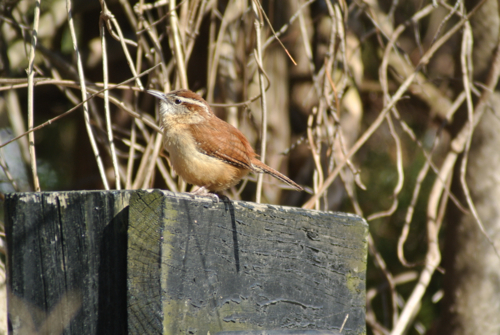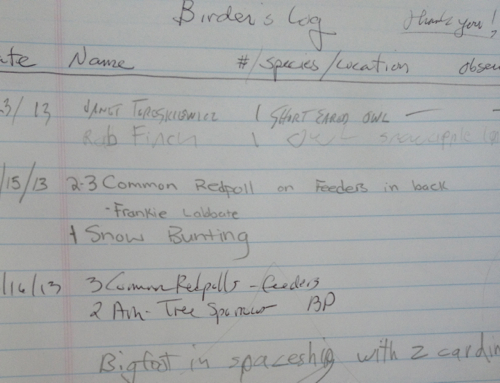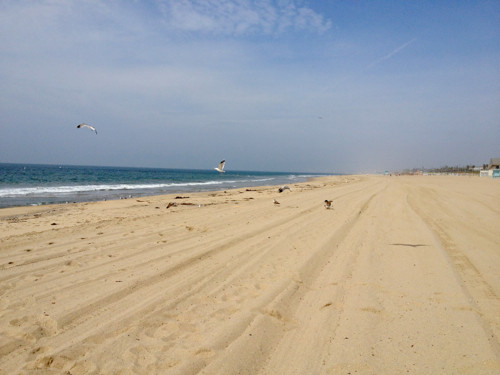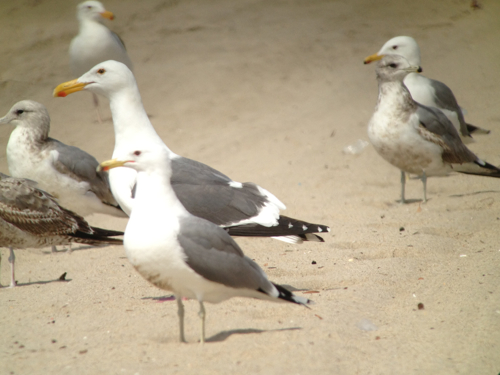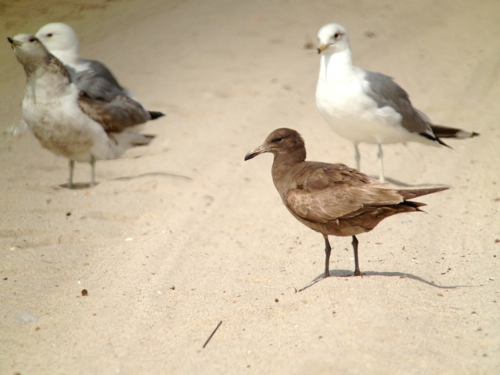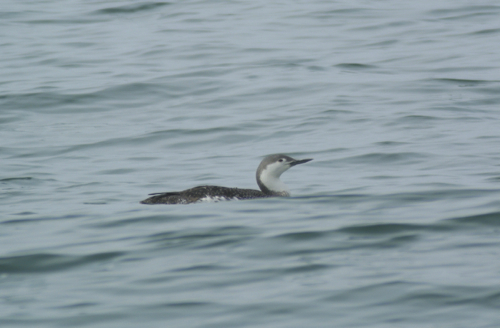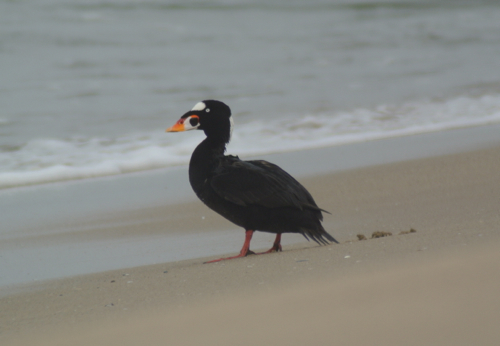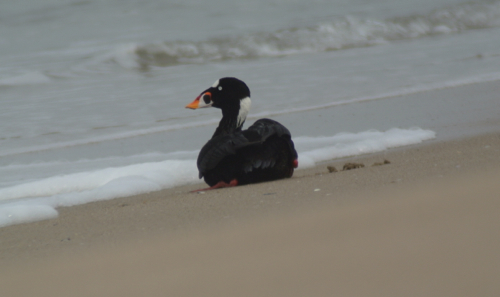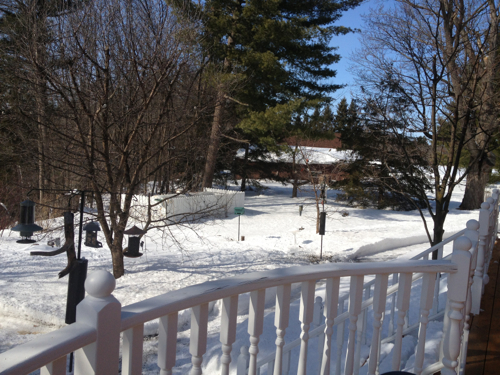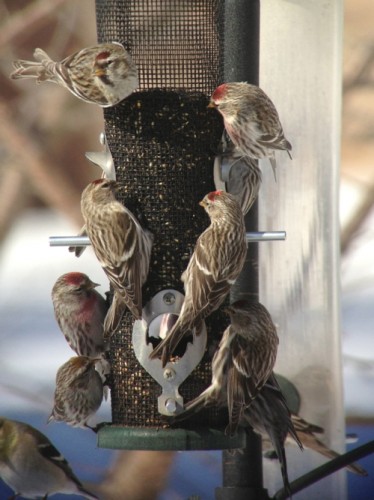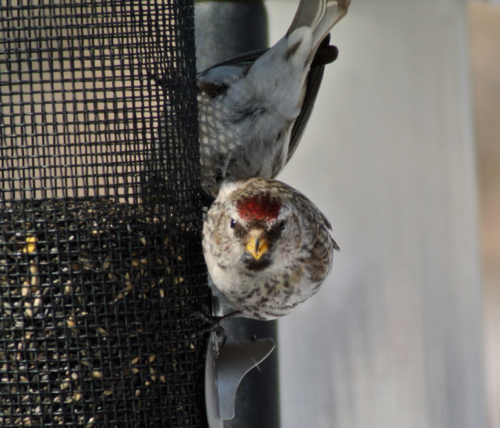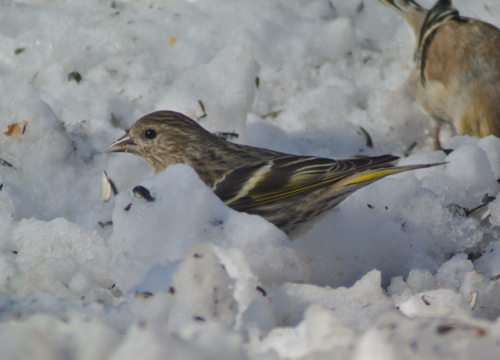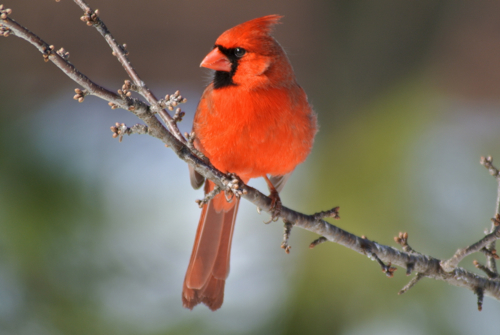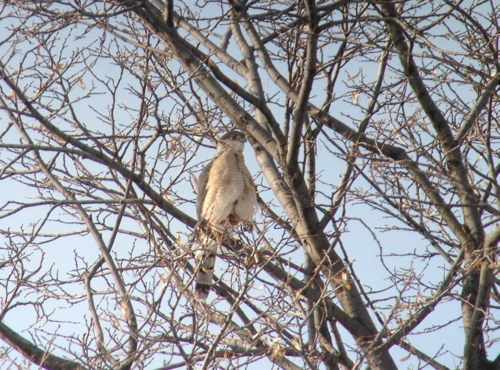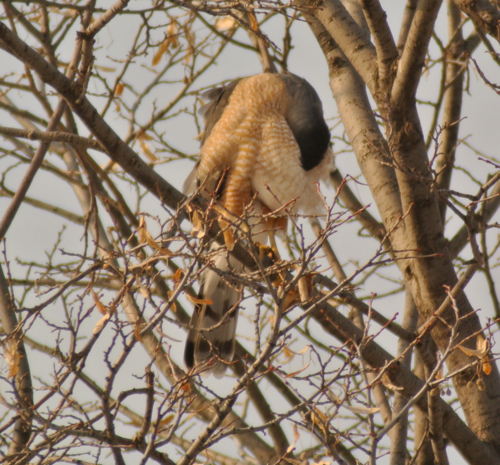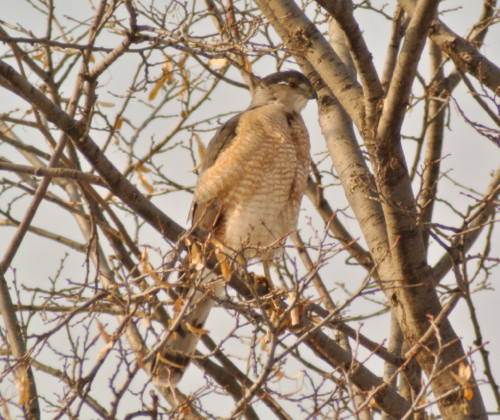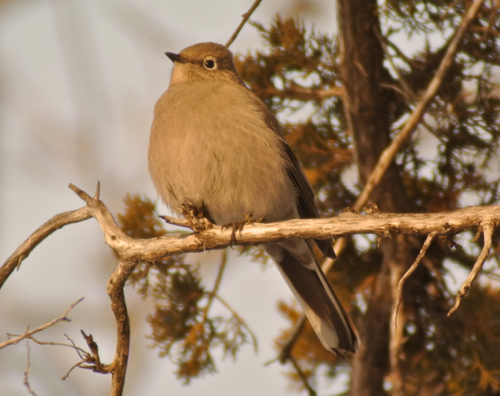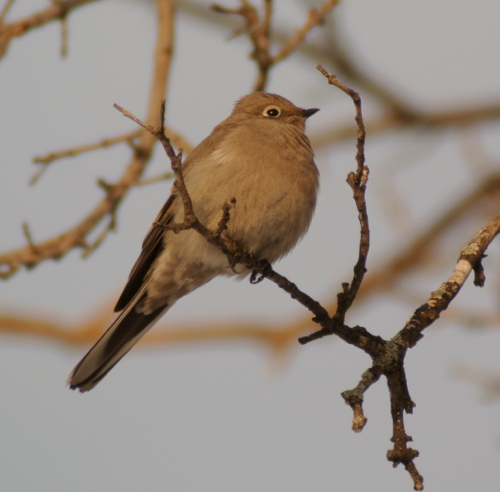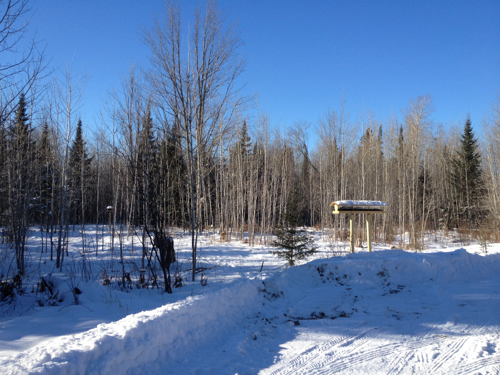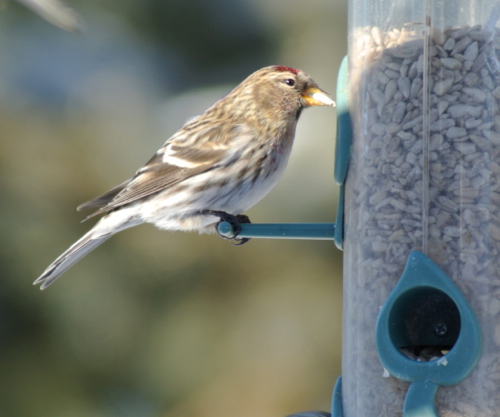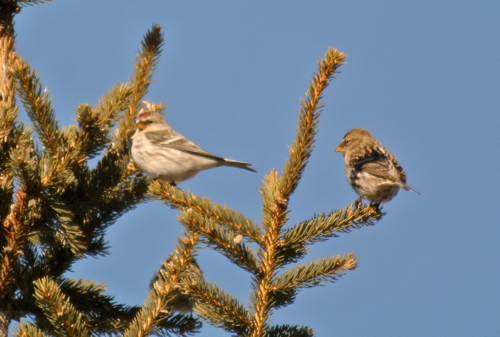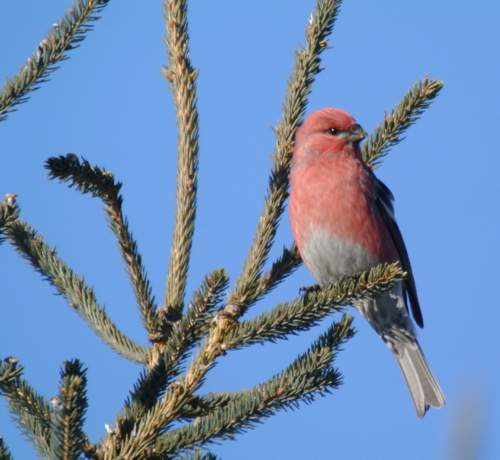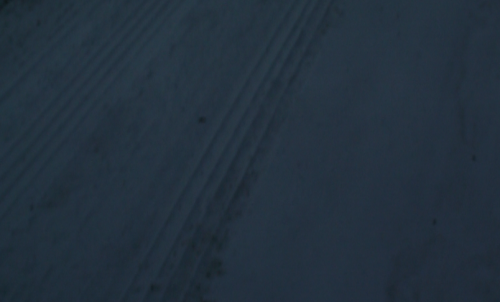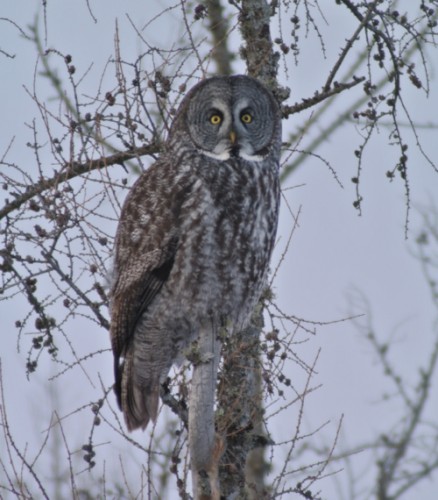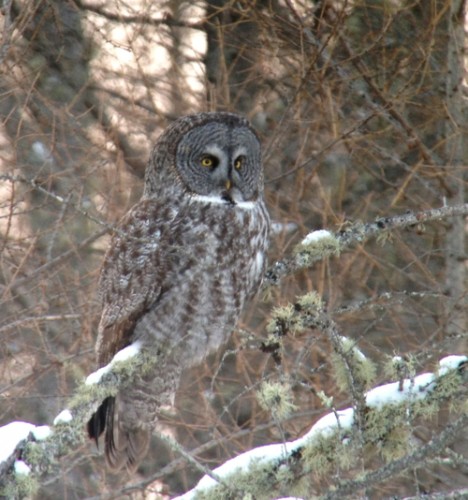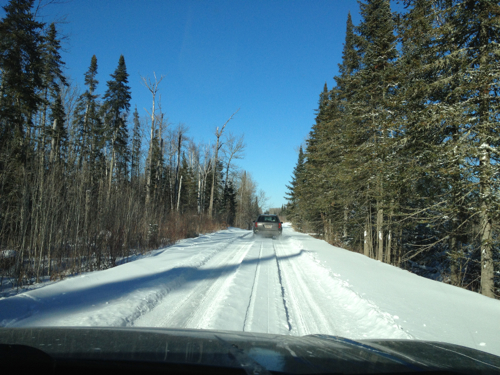Yesterday went kerflooey. Someone close to me was in the Boston Marathon and I knew she had finished... but didn't know where she was. Her phone would go directly to voicemail. Was it off? Was it tucked away in a locker? Was she caught in pandemonium? Was she injured or worse? Was she at the scene helping? Watching the news, trying desperately to ID her based on glimpses of people in running clothes. Then finally getting a text that she and her family were safe. In the grand scheme of things it wasn't a long time, but the adrenal fatigue that followed put me in a fog the rest of the day. In the midst of this I got a call to do a bird segment on WCCO on how the snow is affecting migratory birds... I love the reporter in that segment (DeRusha is a cool dude, you should follow him on Twitter) and I hope I did my best, but I worried I was not my usual upbeat self.

I think this is a good post for the time. I find comfort in birds and I need that right now (like a lot of us when senseless violence happens). No matter how bad things get for me, I always find comfort in birds. They are one of maybe two things I can do that when I'm in the middle of doing it, I can block out everything else going on. And while I was in South Texas, I had for me what is a perfect birding moment.

We headed to the stretch of beach next to the Convention Center and I was ready to get my digiscoping mojo on. I try to play it cool around birds, I try gradually work towards them and not flush them. The advantage to having a spotting scope is that you can be a good distance away from birds and still get great views. I've noticed this with some of my friends who are in to bird photography, I can be twice the distance away that they can be. But as I was keeping my distance, a teenager at the other end started walking towards the birds, she walked through them, most flushed but a few stayed, apparently used to lumbering humans in their midst. She left and all the birds landed. I decided to see how close I could without flushing them.

I used some snoozing American avocets. I would take a few steps closer and if any opened their eyes, I stopped walking. I tried not being threatening in my approach, I didn't stare directly at any bird while I walked, I tried not to keep my scope aimed at any one bird for too long. I moved slowly and fluidly, not dashing around like a cat stalking prey.

Eventually, I found a perfect spot. My toes in the warm Gulf water, with a mixed flock of terns, gulls and shorebirds in front of me and the heat and light of the sun behind. I was also excited to finally discover a use for the hook in the center on my tripod legs--perfect for keeping sandals out of the water! You can see the flock of avocets from the previous photo off to the right.

As I stayed and had my fun, the birds continued to sleep and go about their own business. Even a few of the avocets began to feed and paid me no mind.

Herons and shorebirds soon started working the shallows behind me. And that is a perfect birding moment! Great looking birds completely surrounding me while I have my toes in the water, friends nearby, a few empty media cards and a full battery in my camera. I got to spend time just watching the birds and digiscoping them. This was what I was hoping for from South Padre Island!

I got to eavesdrop on a royal tern date that I think went incredibly well. He was hanging out and presenting his fish and she approached and took it from him.

"Wait...she took it???"
I was reading up on this on Birds of North America Online. Courtship rituals include: "food item may finally be offered to female, who retracts neck and carpal joints and sleeks plumage (while keeping crest raised), thus assuming more relaxed, submissive posture. If female accepts and swallows food, both then fly off or preen."
I saw her take the food, but I did not see her swallow, but they both flew off, hopefully to preen or more...
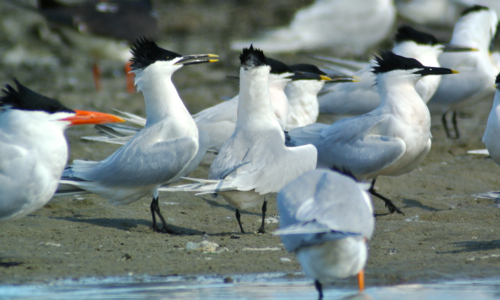 Sandwich terns were posturing like crazy as they established their pair bonds. Some of the photos I have of sandwich terns at South Padre Island are better than the photos I got for my Digiscoping Big Year, but I don't want to trade those out because I got them at a nude beach.
Sandwich terns were posturing like crazy as they established their pair bonds. Some of the photos I have of sandwich terns at South Padre Island are better than the photos I got for my Digiscoping Big Year, but I don't want to trade those out because I got them at a nude beach.

I almost missed these little guys because I was busy watching the big terns. This is a least tern and they're about nine inches long. To give you perspective, an American robin is about ten inches long. These are tiny dudes compared to the at least 20 inch royal terns surrounding them.

As much fun as I was having with the terns, my main goal in approaching this flock was getting shots of black skimmers. I love these birds. This bird was roosting flat, which is something you see the young do in the nest (they just quite don't know what to do with that ginormous beak). Though with this photo, the bird looks like it just woke up from a hard bender and is a little hungover, "Ugh, why did I drink so much? Uh oh, and who is that sleeping next to me??"

Here's a better shot where you can see that magnificent beak. I love these guys, with their longer lower mandible and striking black and white plumage. They're another one of those birds that I would see in my Peterson Guide as a kid and imagine what it must be like to see such a weird looking bird in person. If you've never had a chance to see a skimmer in action, here's some BBC footage (and bonus, it's narrated by the 10th Doctor):
http://www.youtube.com/watch?v=jSBushrzP0E
Isn't that cool?
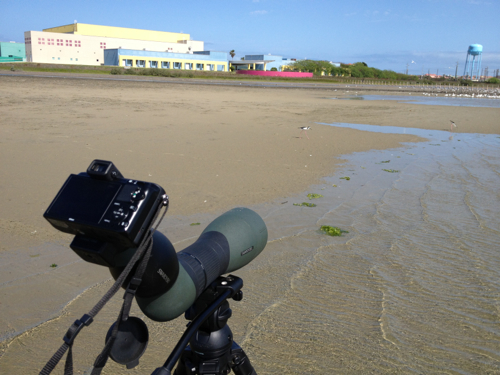 When I'm digiscoping in one spot, it's amazing how close some shorebirds will get... sometime even too close to digiscope. Black-necked stilts were zipping back and forth while I focused on terns. You can see a couple above.
When I'm digiscoping in one spot, it's amazing how close some shorebirds will get... sometime even too close to digiscope. Black-necked stilts were zipping back and forth while I focused on terns. You can see a couple above.

Working this group of birds, it's fascinating to see all the different shapes that bird species take in order to use the Gulf as a food resource. You saw how the skimmers use it above. Terns will crash into the water and black-necked stilts like the above bird have long spindly legs and a beak to match to look for tasty invertebrate morsels. And though all of these birds are elegant patterns of black, white and gray you still get crazy accents of color in the form of bright orange mandibles or bubble gum pink legs.

I could have stayed planted in that spot for hours. The longer I was there, the more I felt tension and stress leave my body. My hope is that my buddy Clay and I might be able to do a digiscoping workshop here in South Padre Island during the Rio Grande Valley Bird Festival this fall.

And we can digiscope the crap out of South Padre Island among the sanderlings.
